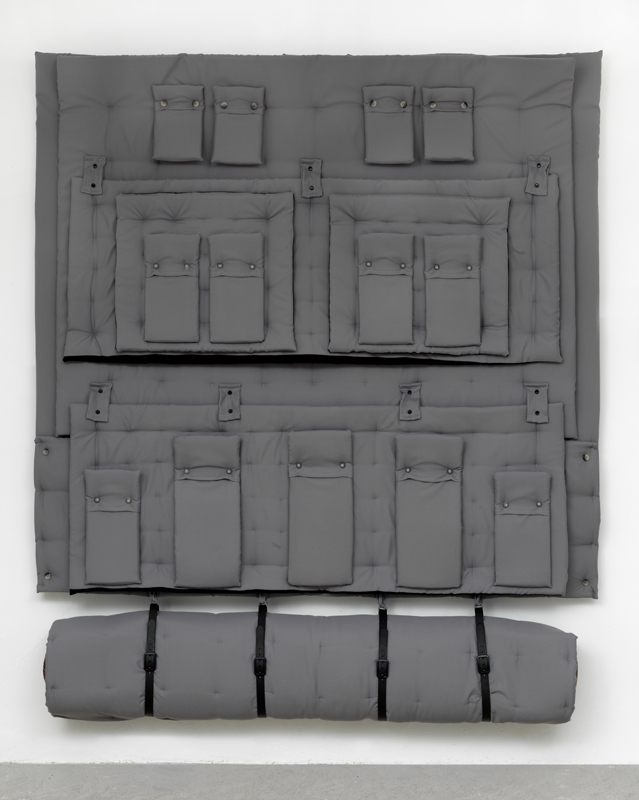radical selfcare

exhibition view 'don't say I didn't say so', 2022 Kunstverein Bielefeld

'selfportrait as an orientalist carpet 13' 2021

'self portrait as an orientalist carpet9', 2020, 200x142 cm, upholstery, textile, stitching, button, zipper, tassel

'selfportrait as an orientalist carpet 16' 2021

exhibition view 'orienting around', 2021 Dürstbritt&Mayhew The Hague

'selfportrait as an orientalist carpet14', 2021, 200cmx280cm, upholstery, textile, stitching, tassel, button, zipper

'Mirrors and Windows', exhibition view, Sammlung Philara Düsseldorf

'Mirrors and Windows',exhibition view, Sammlung Philara Düsseldorf

'Mirrors and Windows',exhibition view, Sammlung Philara Düsseldorf

'selfportrait as an orientalist carpet15', 2021, 160x140cm upholstery, textile, stitching, tassel, button, zipper

